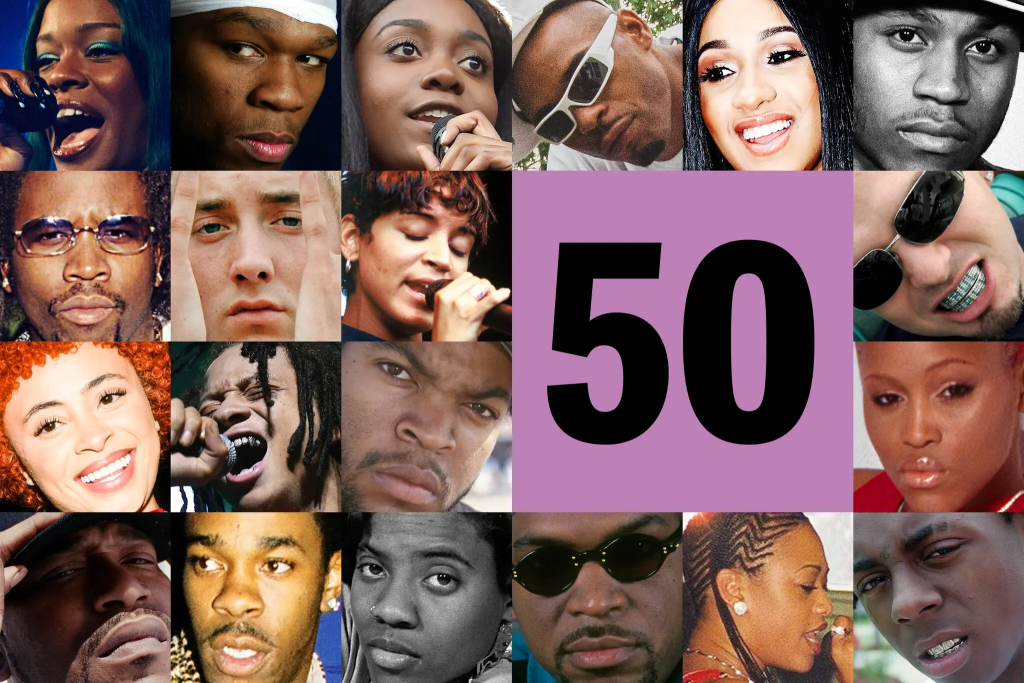
Exploring Hip-Hop in Education: 8 Ways to Teach and Learn
Hip-hop, born in the Bronx during the 1970s, has grown into a global phenomenon that influences music, fashion, art, and social justice. Beyond its cultural significance, hip-hop offers unique opportunities for teaching and learning across disciplines. The New York Times article “8 Ways to Teach and Learn About Hip-Hop” provides practical insights into integrating this vibrant art form into educational settings.
Why Hip-Hop Matters in Education
Hip-hop isn’t just music; it’s a cultural movement that embodies storytelling, resilience, and creativity. For educators, it serves as a powerful tool to engage students, connect with diverse experiences, and foster critical thinking.
8 Ways to Incorporate Hip-Hop into Learning
- Explore Hip-Hop’s History Introduce students to hip-hop’s origins in the Bronx and its evolution as a voice for marginalized communities. Discuss its impact on culture and social movements.
- Analyze Lyrics as Literature Treat rap lyrics like poetry. Encourage students to analyze themes, metaphors, and storytelling techniques, fostering a deeper appreciation for language arts.
- Teach Media Literacy Use hip-hop to discuss media representation, consumer culture, and the music industry. Students can critically examine how artists balance authenticity and commercial success.
- Incorporate Visual Art Explore graffiti as a core element of hip-hop culture. Assign projects where students create their own artwork inspired by the genre’s aesthetic.
- Highlight Social Justice Themes Examine how hip-hop addresses issues like racism, inequality, and police brutality. Encourage students to connect these themes to historical and current events.
- Encourage Creative Expression Allow students to write their own raps, create beats, or produce short videos. These activities promote creativity and build technical skills.
- Study Dance and Movement Breakdancing is an integral part of hip-hop. Discuss its cultural significance and, if possible, include dance workshops to engage students physically.
- Connect with Local Communities Collaborate with local hip-hop artists or organizations to provide students with real-world insights and mentorship opportunities.
Moving Forward
Integrating hip-hop into education can break down traditional barriers between students and curriculum, making learning more relevant and engaging. By embracing this dynamic art form, educators can inspire a new generation to think critically, express themselves creatively, and appreciate the rich tapestry of cultural history.

Hi, this is a comment.
To get started with moderating, editing, and deleting comments, please visit the Comments screen in the dashboard.
Commenter avatars come from Gravatar.